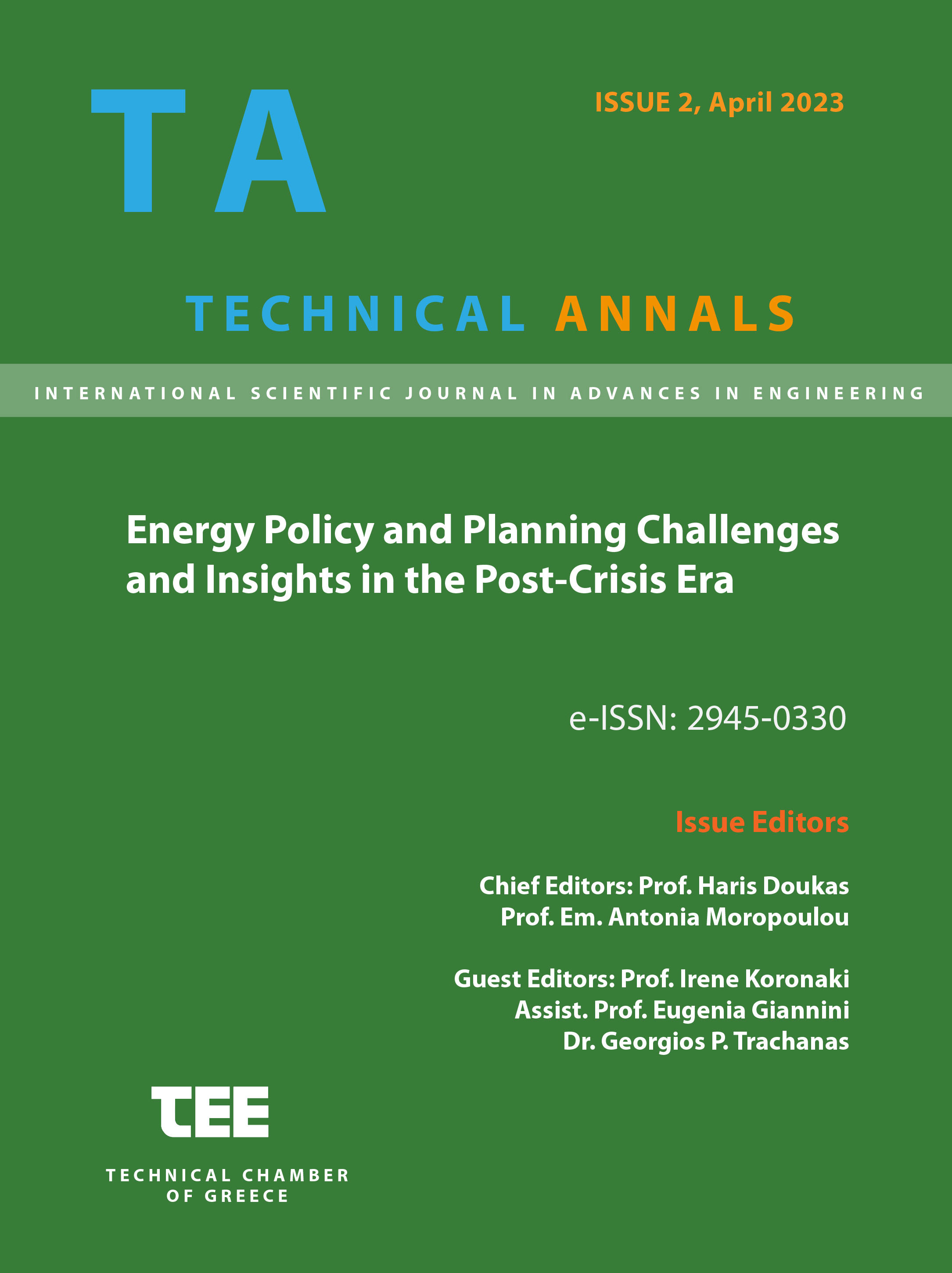A planar geometrical non-linear bistable auxetic metamaterial mechanism

Abstract
Mechanical metamaterials are artificial systems with tailored physical and mechanical properties defined by their structure rather than their chemical composition. Therefore, they can be considered as mechanisms that can produce the desired properties by designing the base cell of which the lattice is composed. A structure that have negative Poisson’s ratio is called auxetic and bistability is the property of having two stable equilibrium positions within the range of its motion-deformation. In such cases the mechanism stores energy during part of its motion, and then releasing it as it moves toward a second stable state. If the deformation gradient is large enough then the non-linear terms of strain tensor cannot be overlooked, the structure exhibits geometrical non-linearity. The present study develop a planar bistable auxetic mechanical meta-material based on a re-entrant arrowhead auxetic topology and analyse the structure’s mechanism and its properties.
Article Details
- How to Cite
-
Dachis, I., & Hadjigeorgiou, E. (2023). A planar geometrical non-linear bistable auxetic metamaterial mechanism. Technical Annals, 1(2). https://doi.org/10.12681/ta.34083
- Section
- Energy

This work is licensed under a Creative Commons Attribution-NonCommercial-ShareAlike 4.0 International License.


